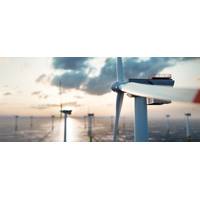Breaking Even in an Uneven Oil Market -Douglas Westwood
The Johan Castberg development has faced numerous challenges since inception. If production in the Barents Sea wasn’t difficult enough, Statoil (STO) has had to contend with changes to Norwegian Tax laws as well as disappointing drilling results. In May 2014, it was confirmed that of five exploration wells drilled in the area, only two yielded oil reserves: the Skavl and Drivis fields. This initially challenged the viability of commercial development, however, it now appears Statoil may have found a solution.
Low oil prices have pushed back Johan Castberg’s onstream year considerably. In the current climate, development of such a technically challenging field – in the hostile waters of the Barents Sea – might seem an impossible proposition.
However, against the odds, it appears the project could go ahead with first oil in 2022. Statoil’s Chief Executive recently stated production costs at the field have been nearly halved since the oil slump, which raised the question - how?
Construction costs have dropped considerably since the downturn, with EPC providers bidding aggressively on the few contracts available. Yet with oil prices remaining low, reduced contractor rates are not enough to ensure the viability of complex projects. Put simply, a pragmatic approach to developments is needed. Costs at Johan Castberg have been cut by reducing the number of planned production wells and choosing a single FPSO rather than an FPSS and pipeline – reducing the break-even price for the field from ~$80 a barrel to ~$45.
The story is remarkably similar to that of Mad Dog Phase 2 – another field that has arguably suffered from over-engineering and has endured numerous development plans: A spar, TLP and an FPSS were all considered by BP, before committing to an FPSS – later cancelled due to inflated costs. With lower supplier costs and a company focus on re-engineering BP have managed to make the project commercial, bringing the break-even price down from ~$110 a barrel to ~$50.
Both fields demonstrate that even in a low oil price environment, complex fields can still be developed by utilising a pragmatic approach. Keeping costs at a manageable level over the next cycle will be the challenge - when the oil price recovers will the industry revert to its old ways?


